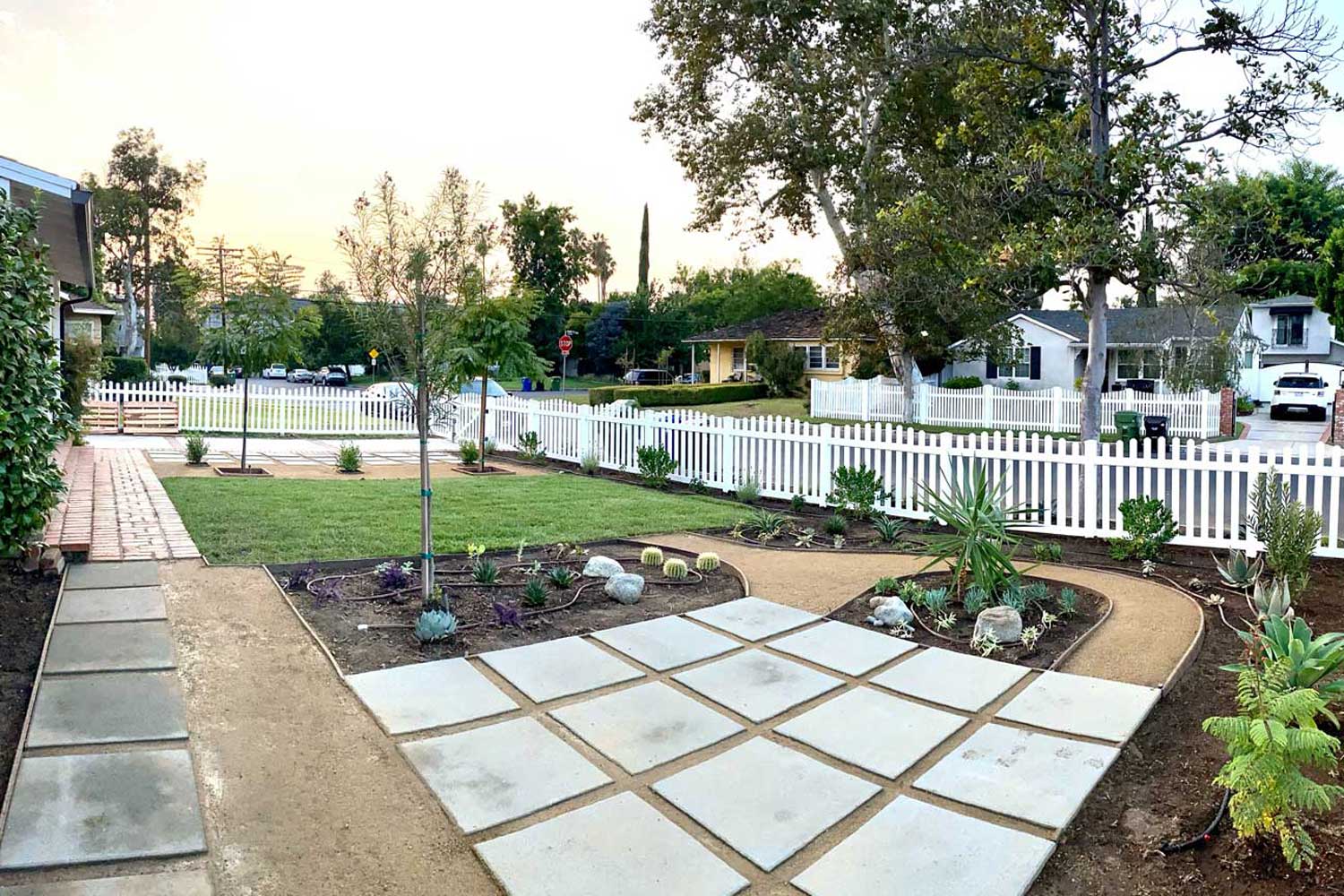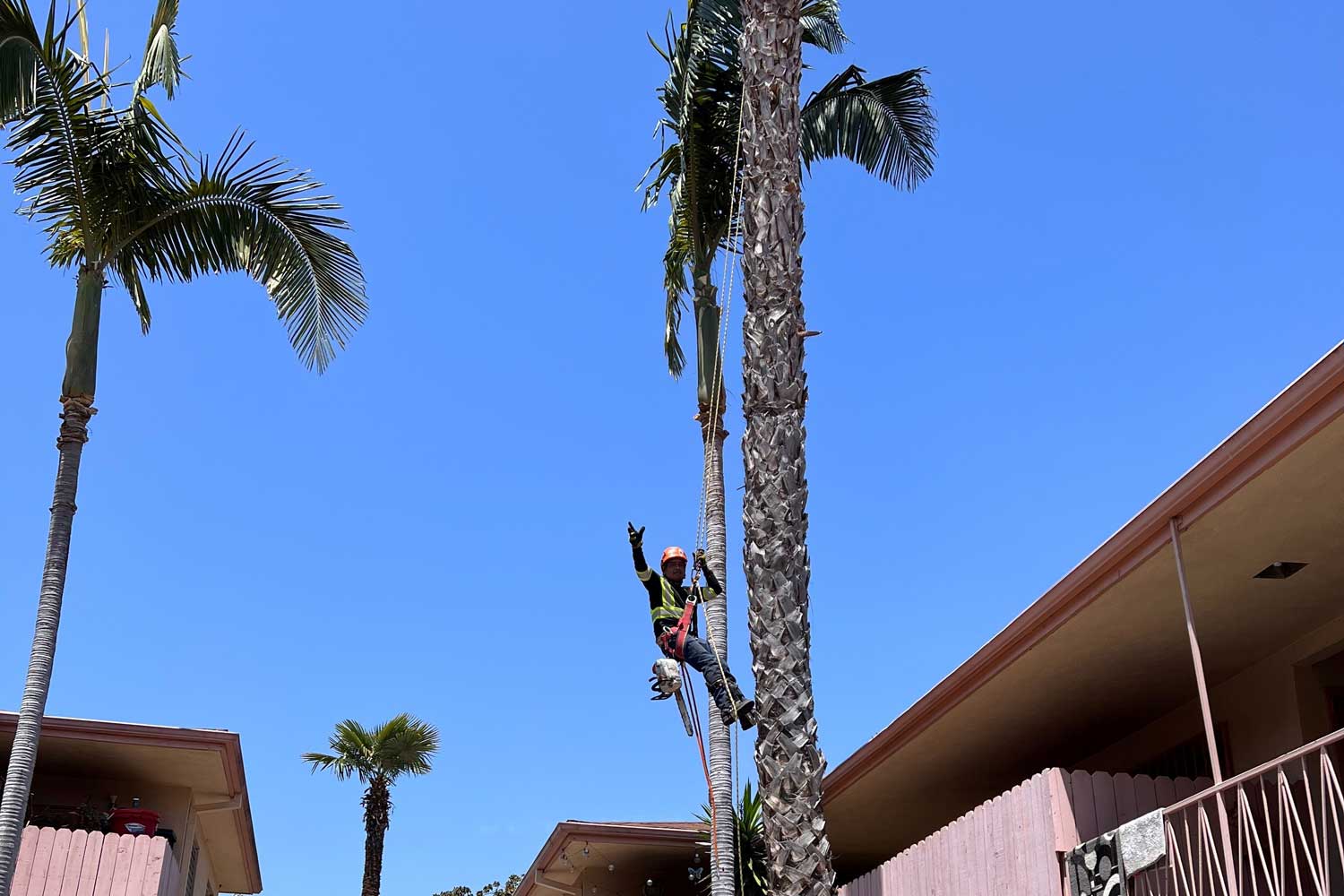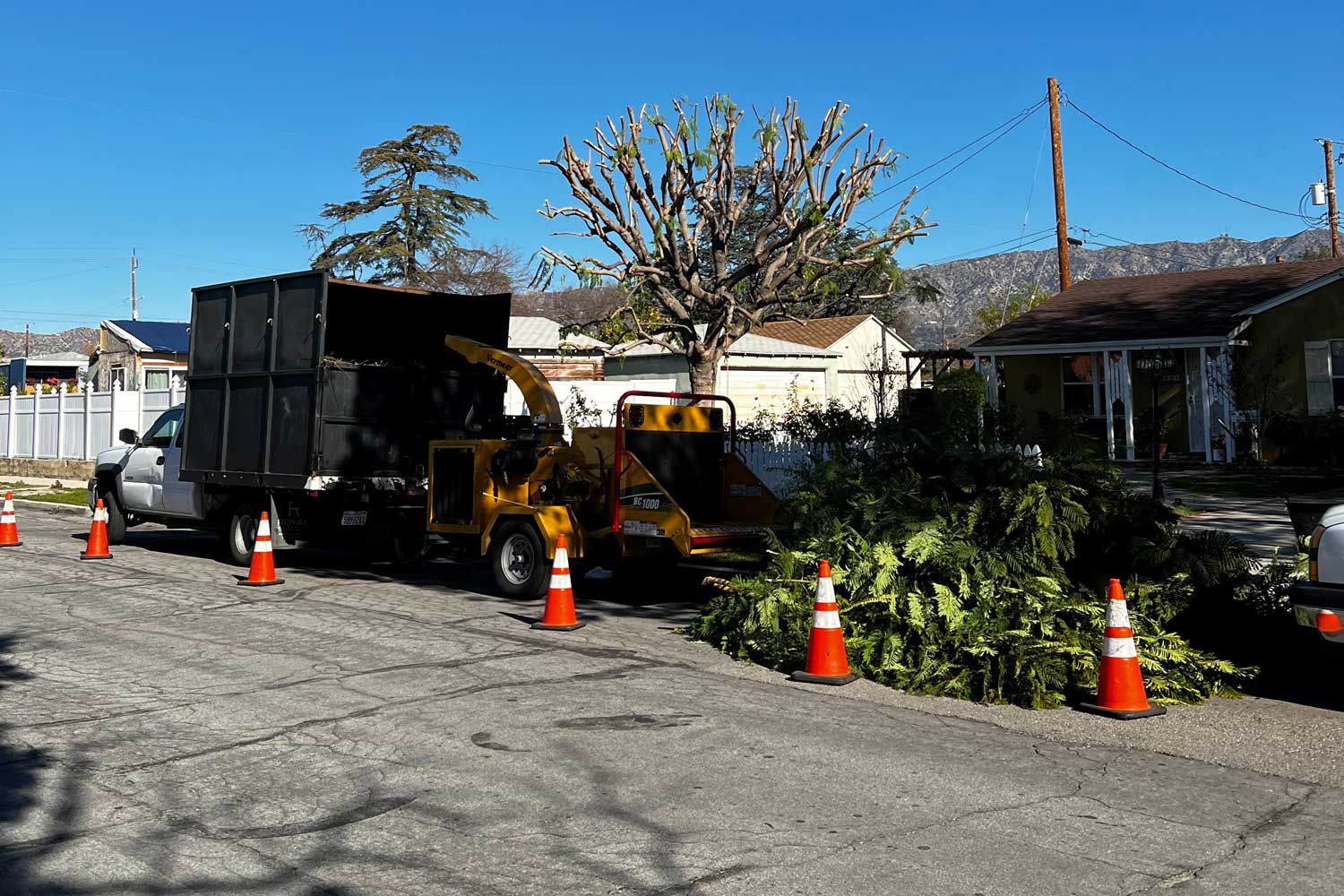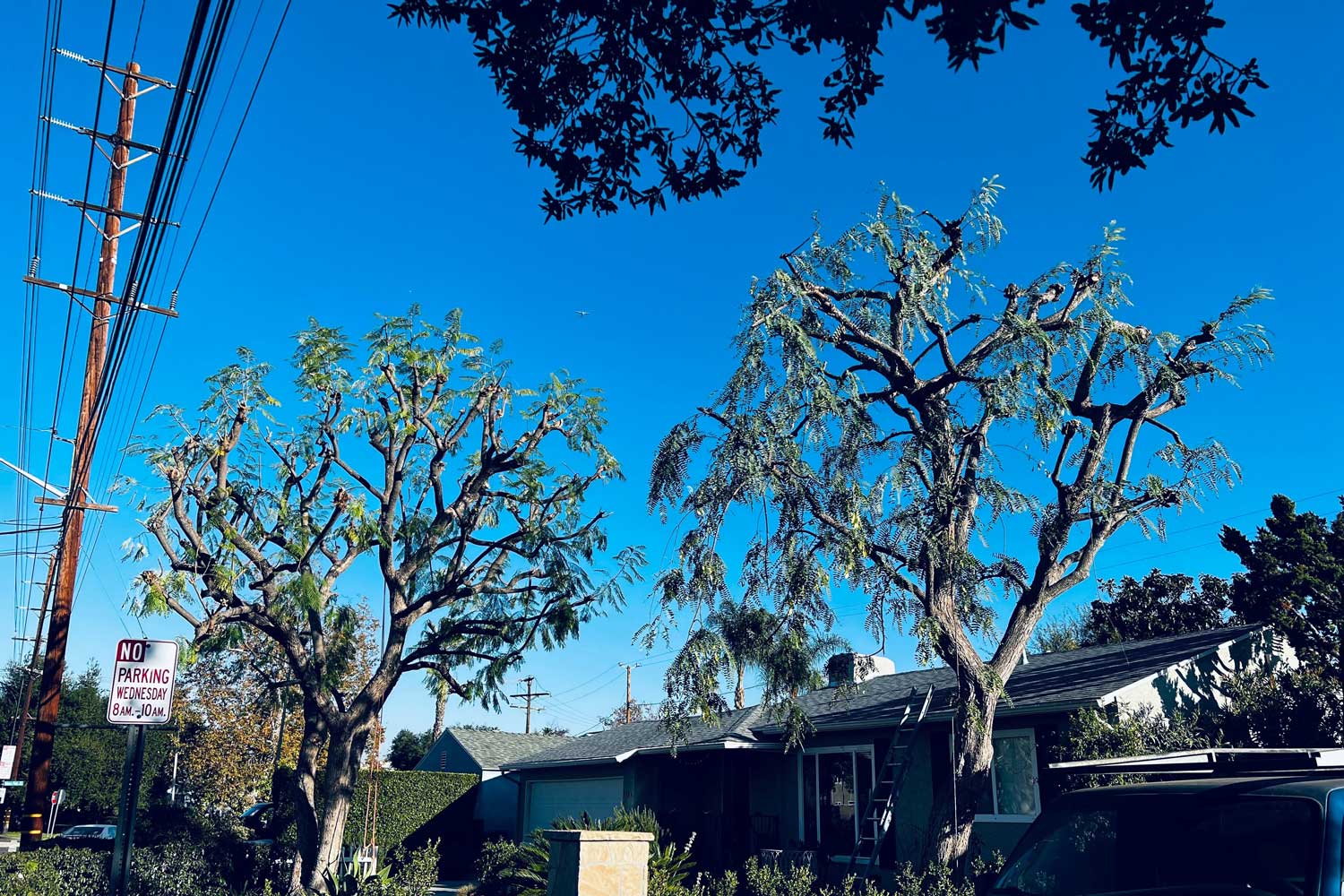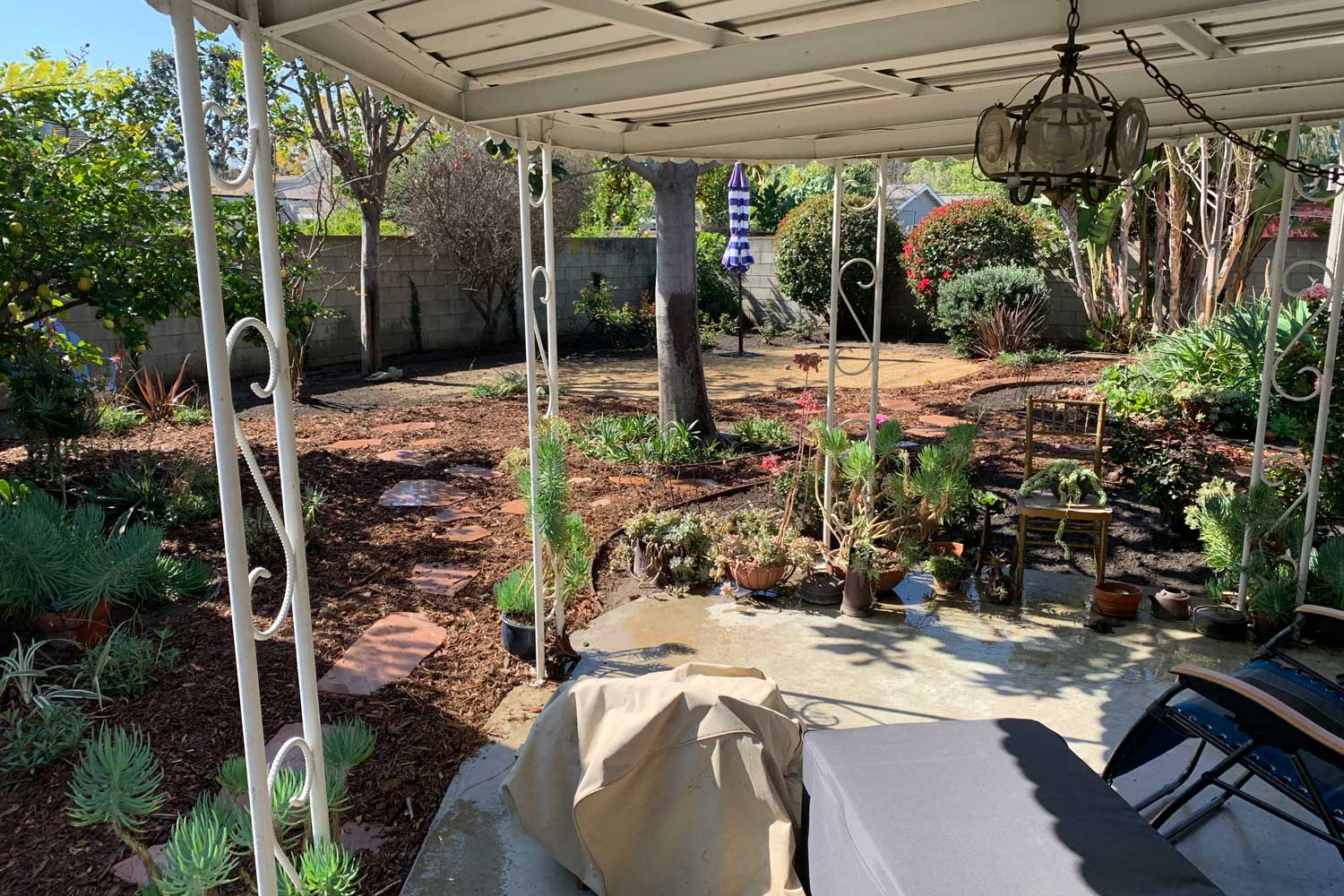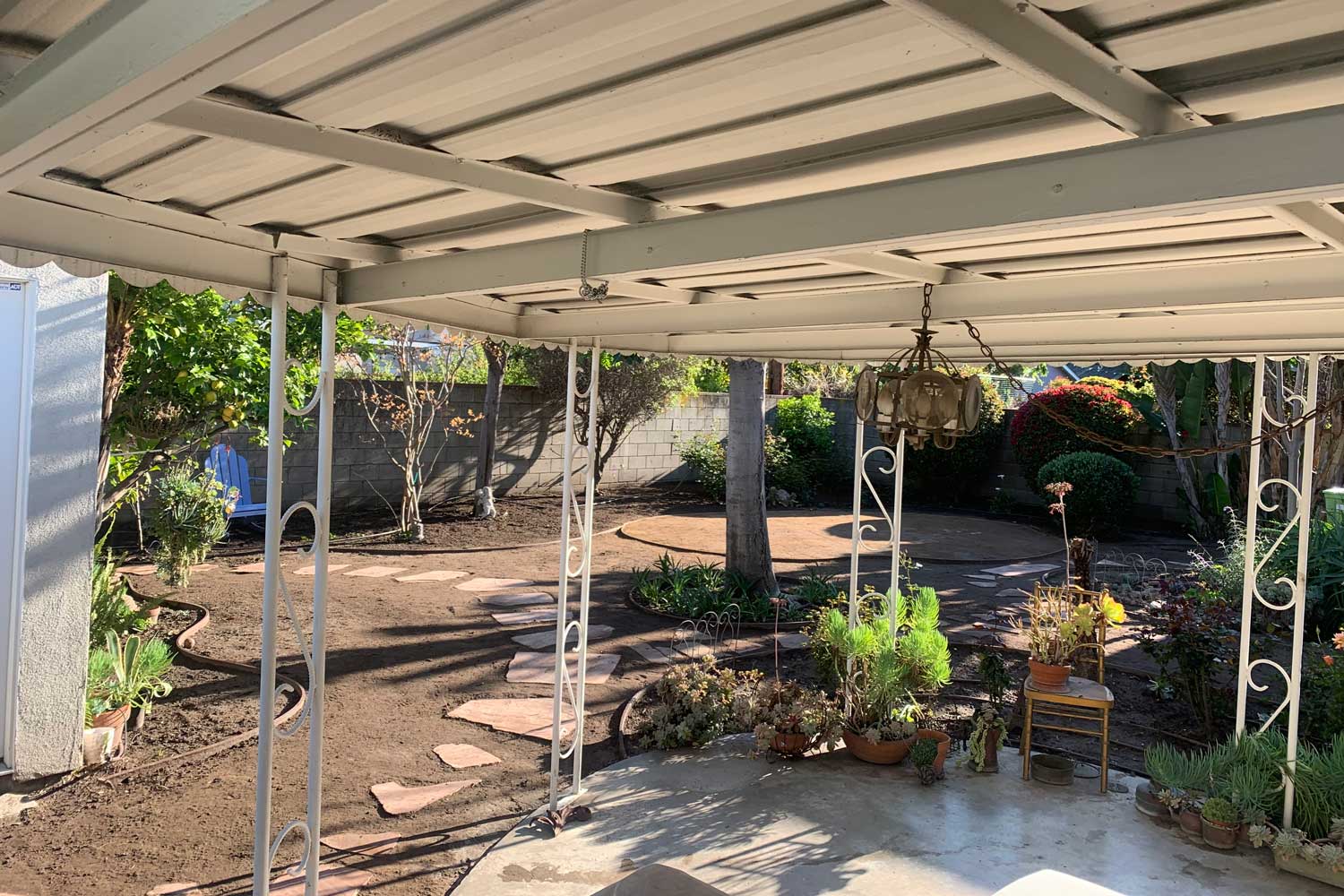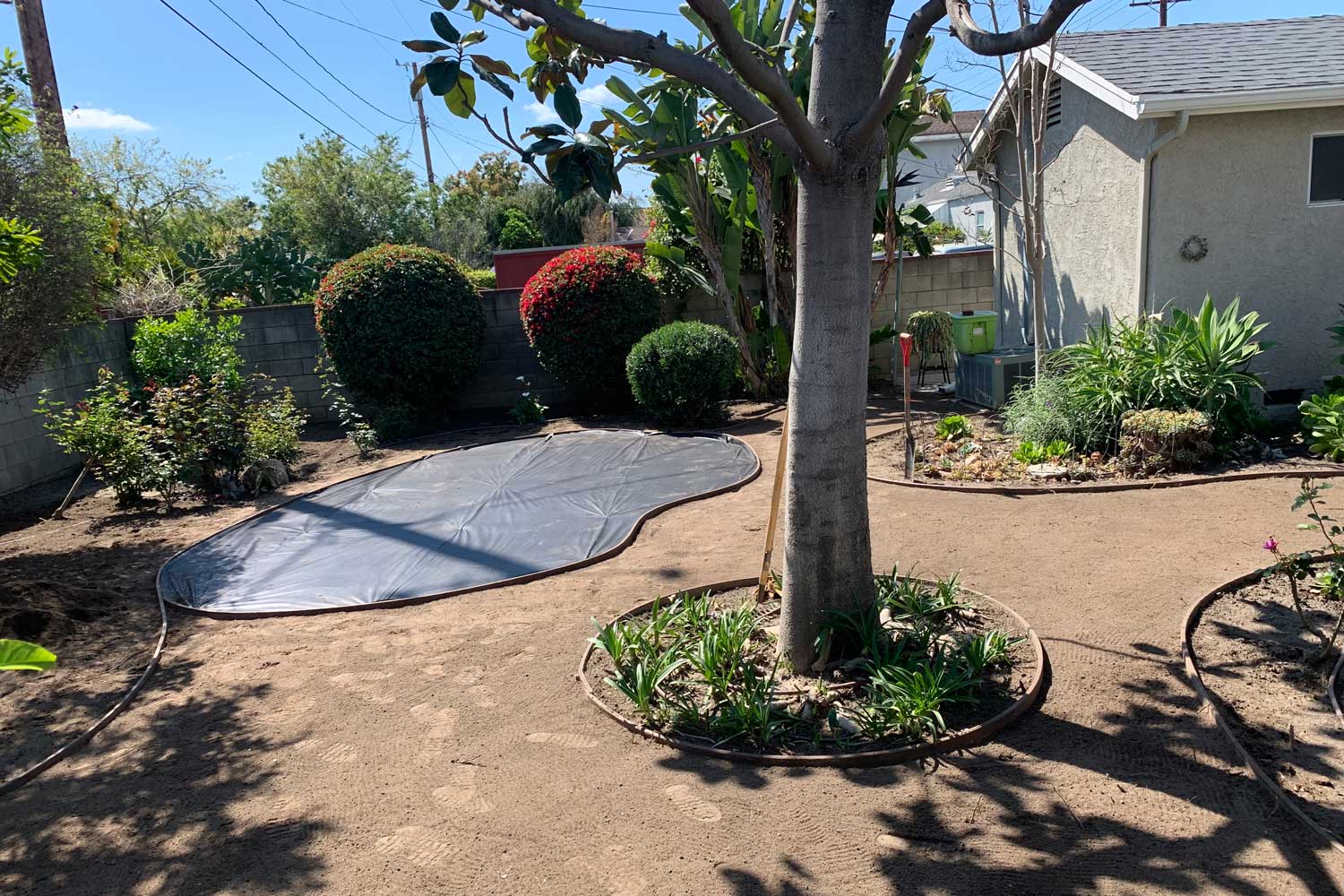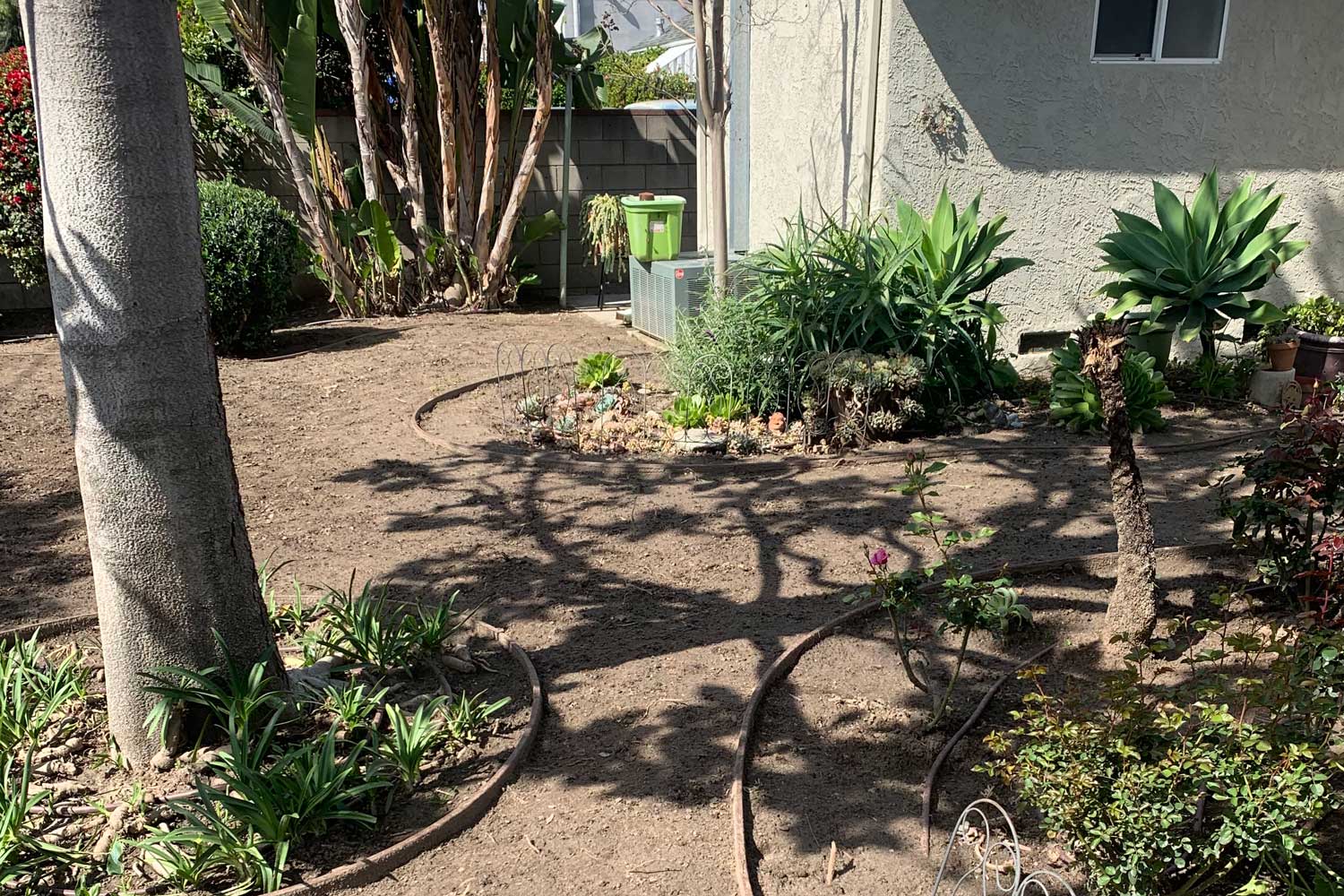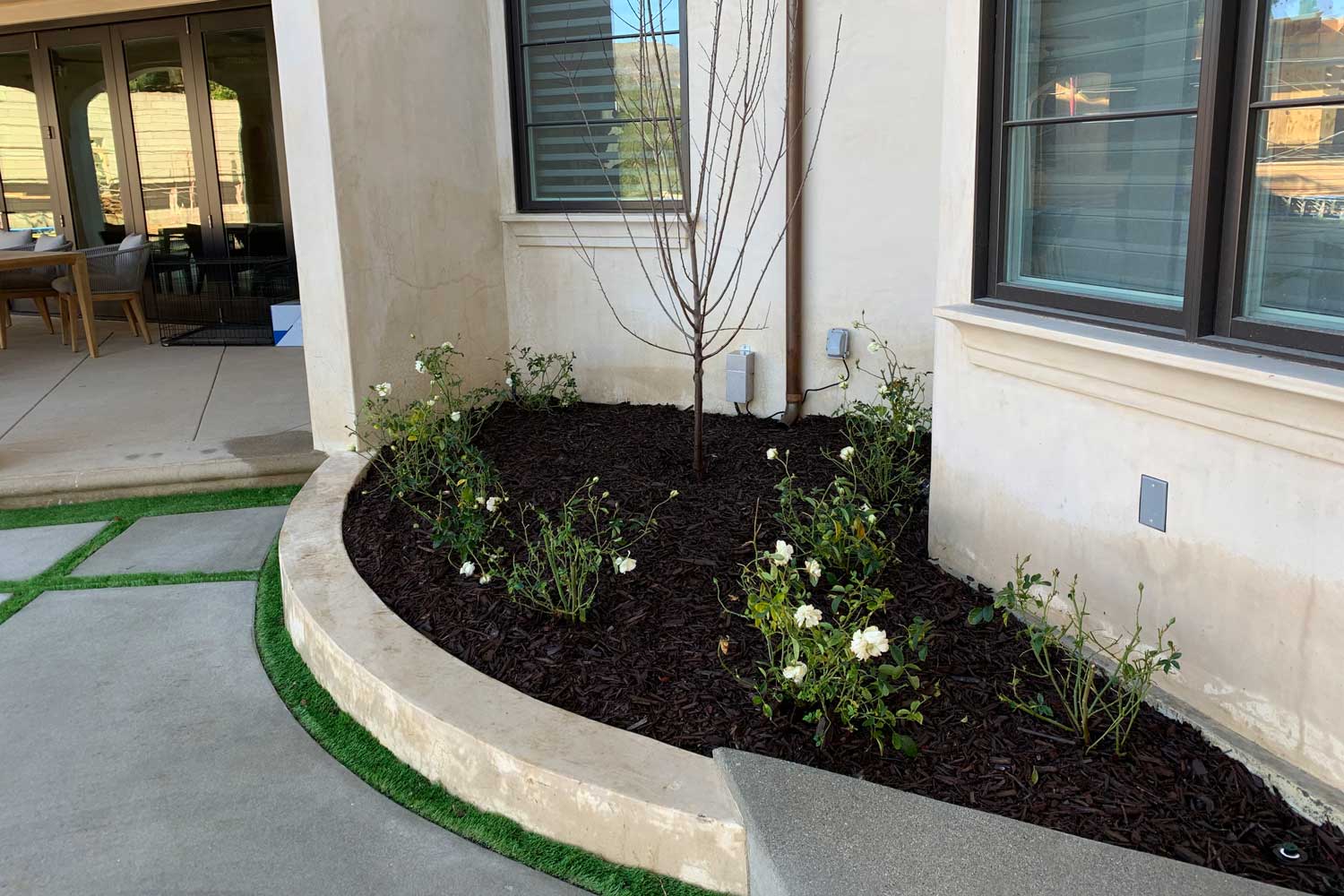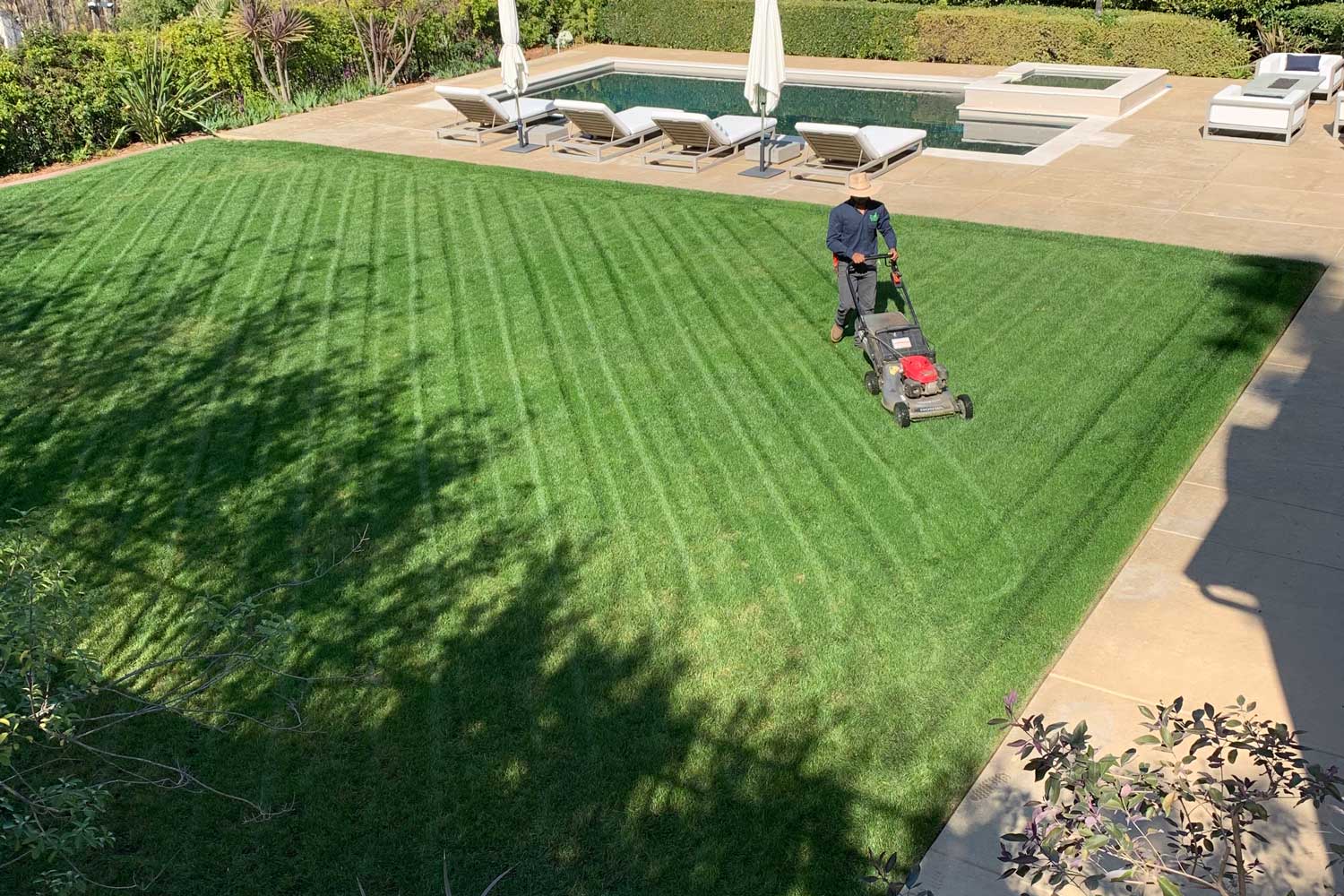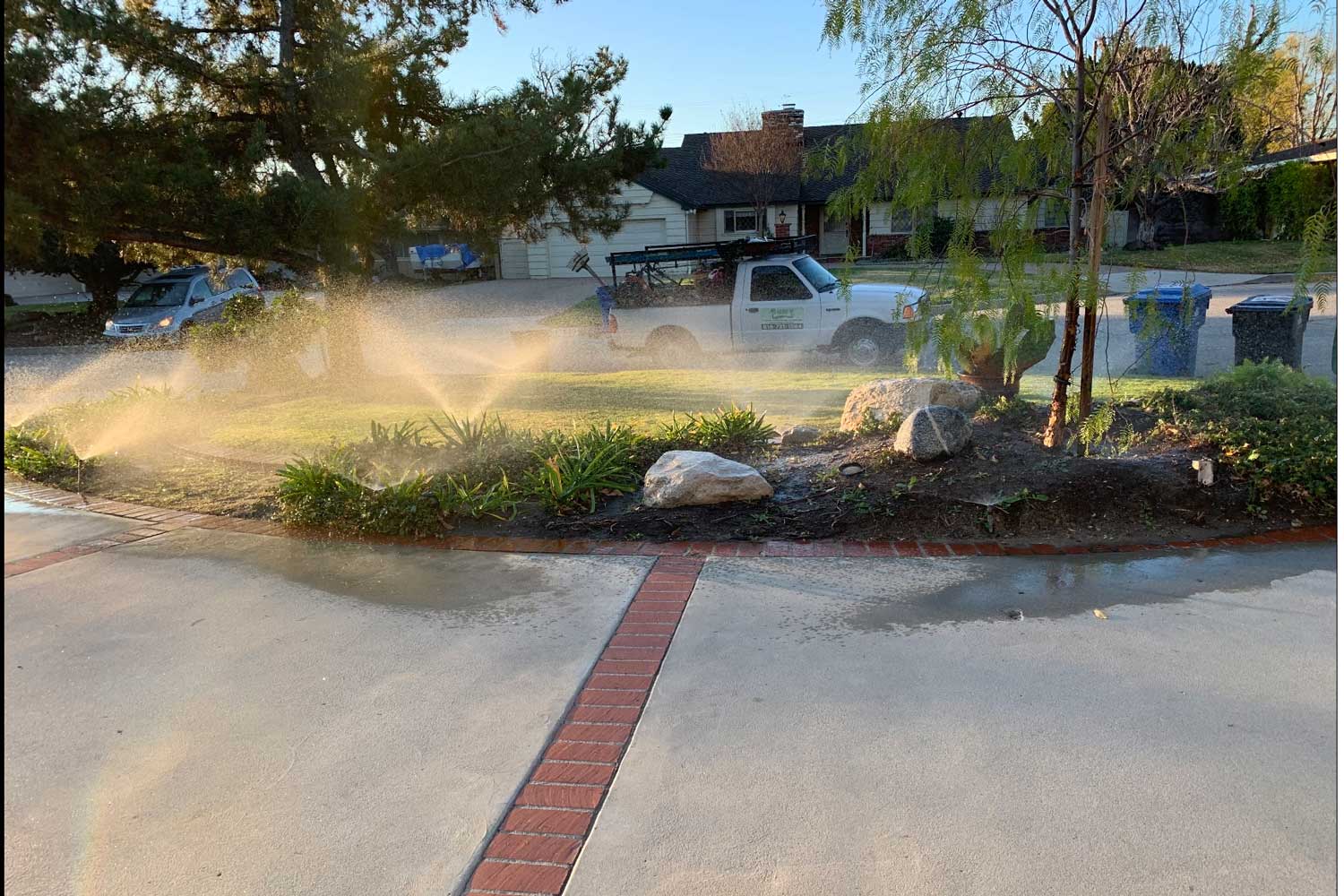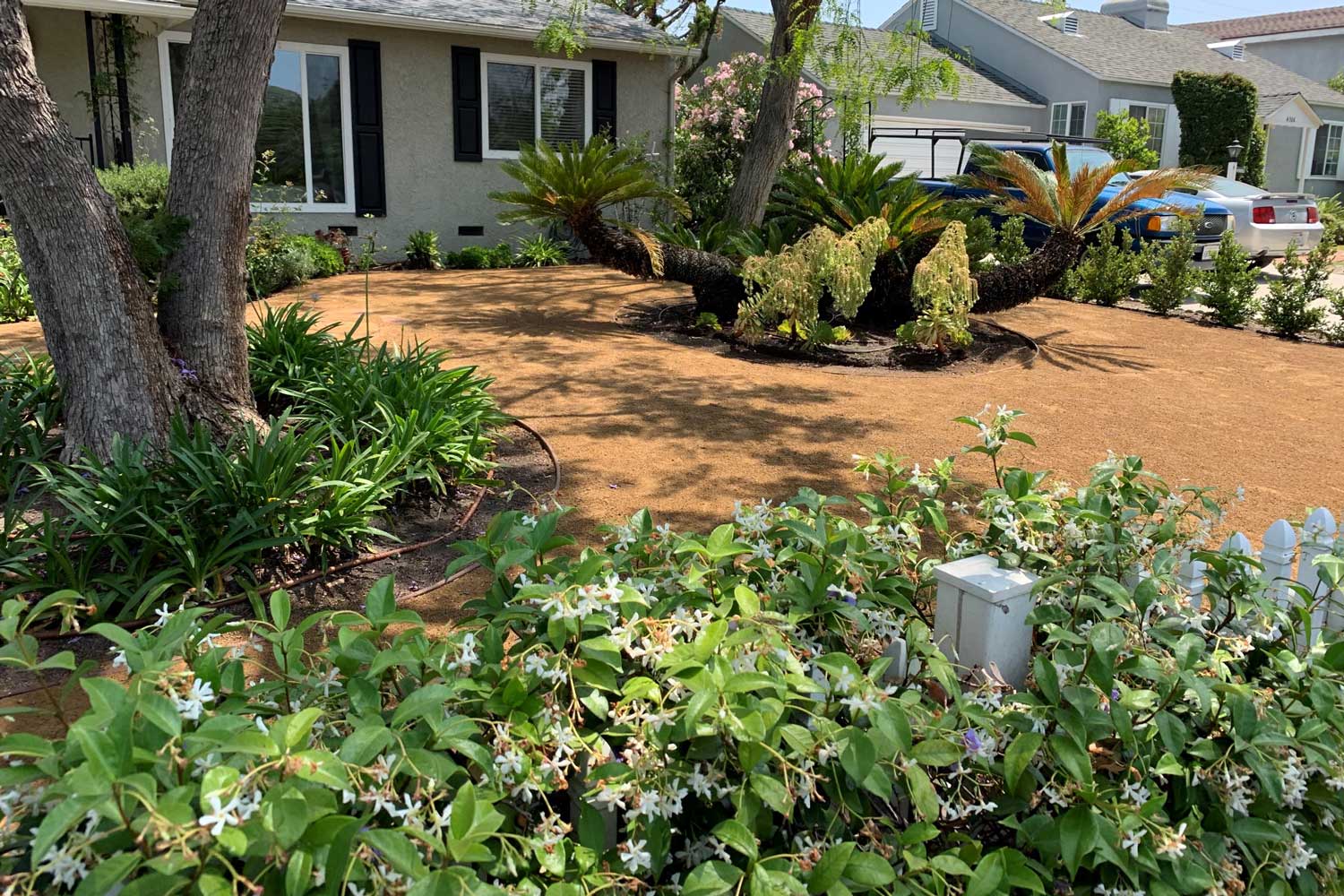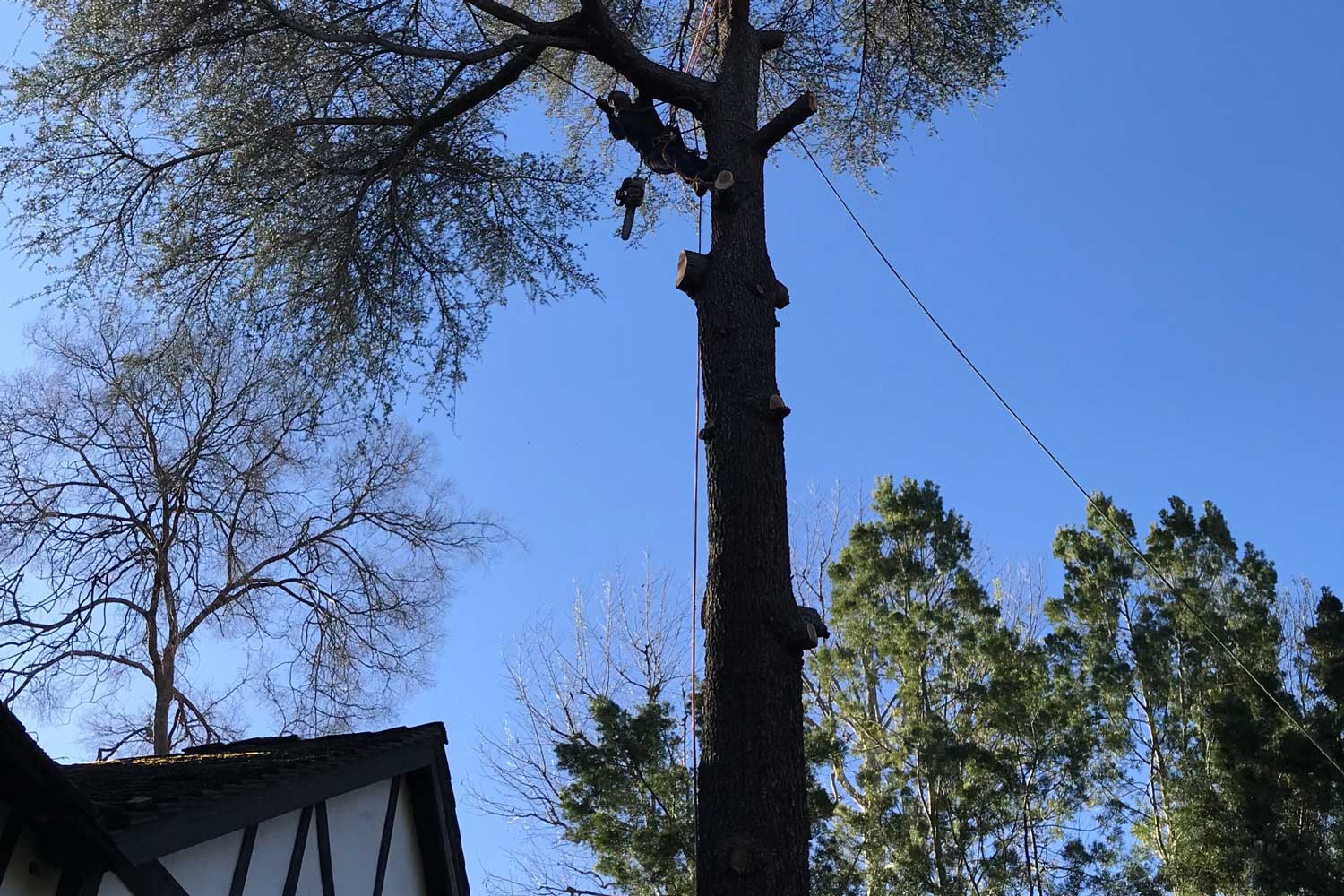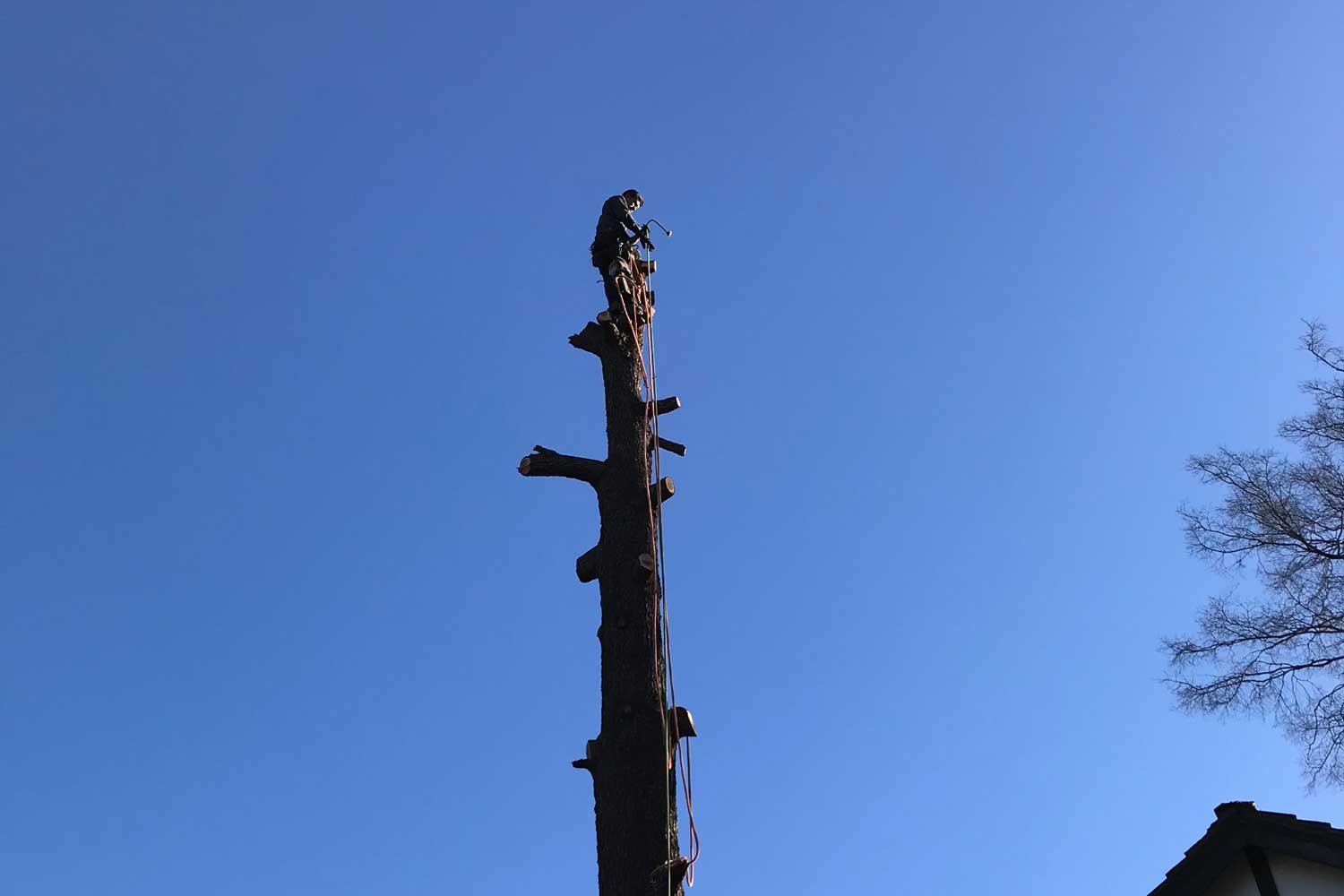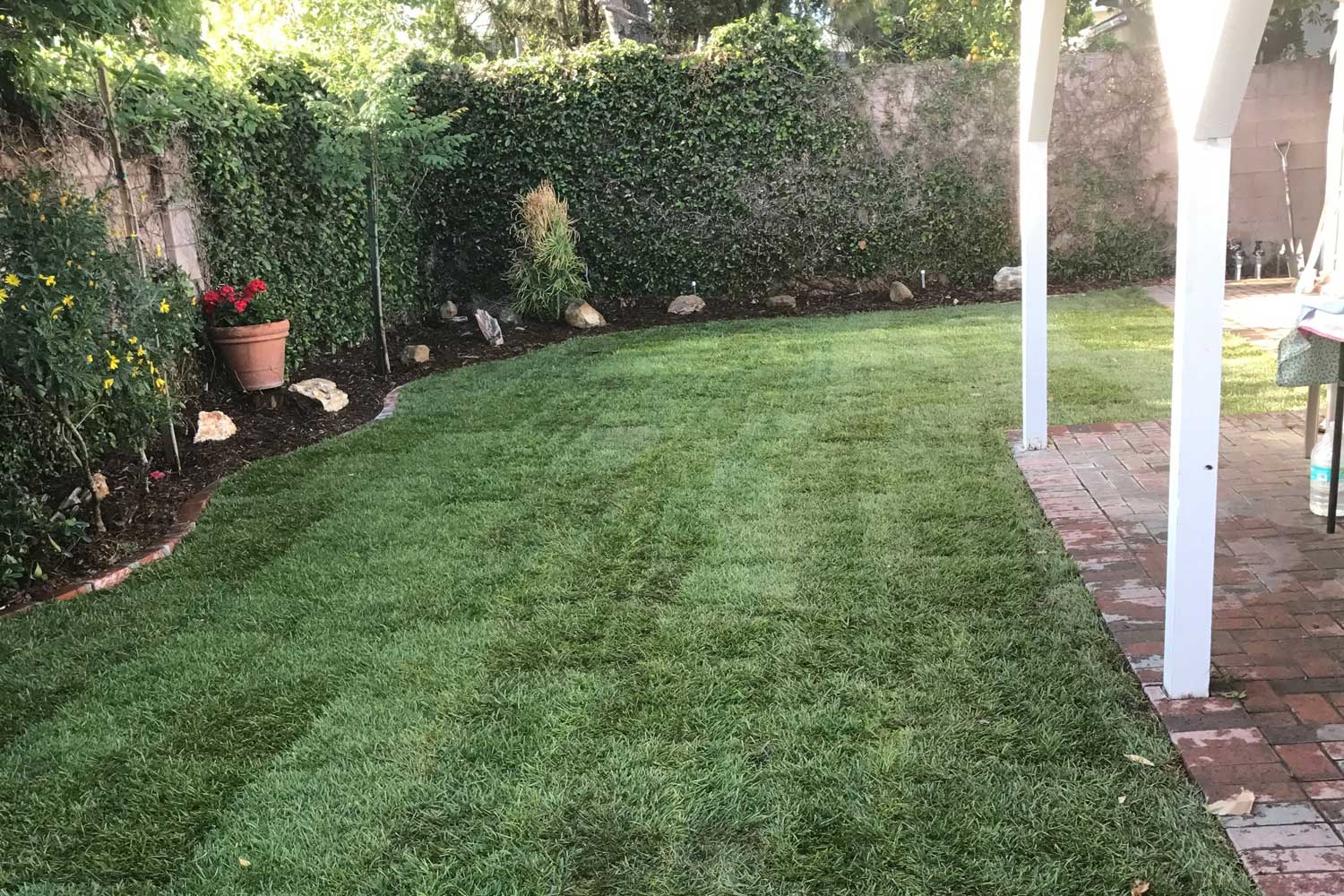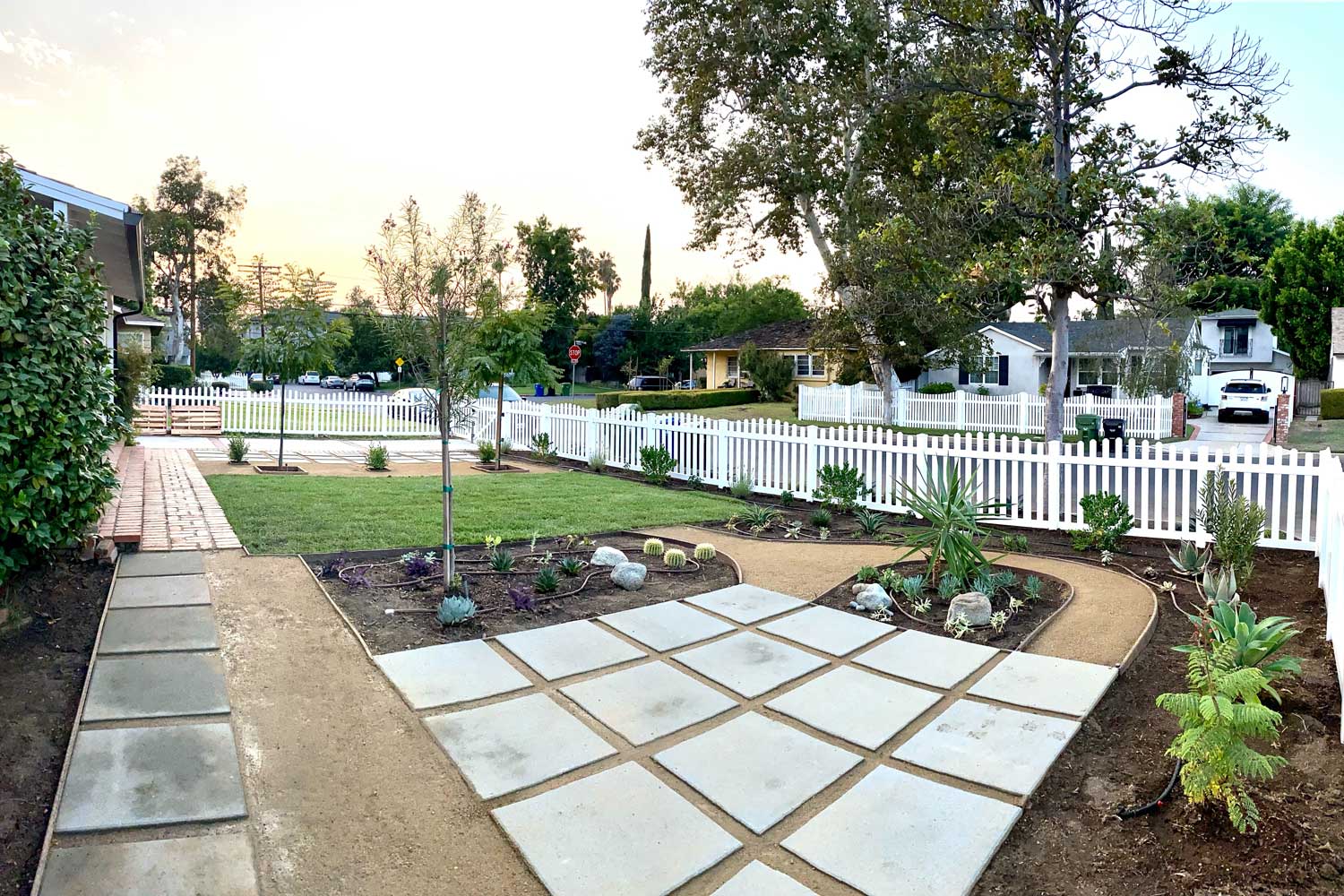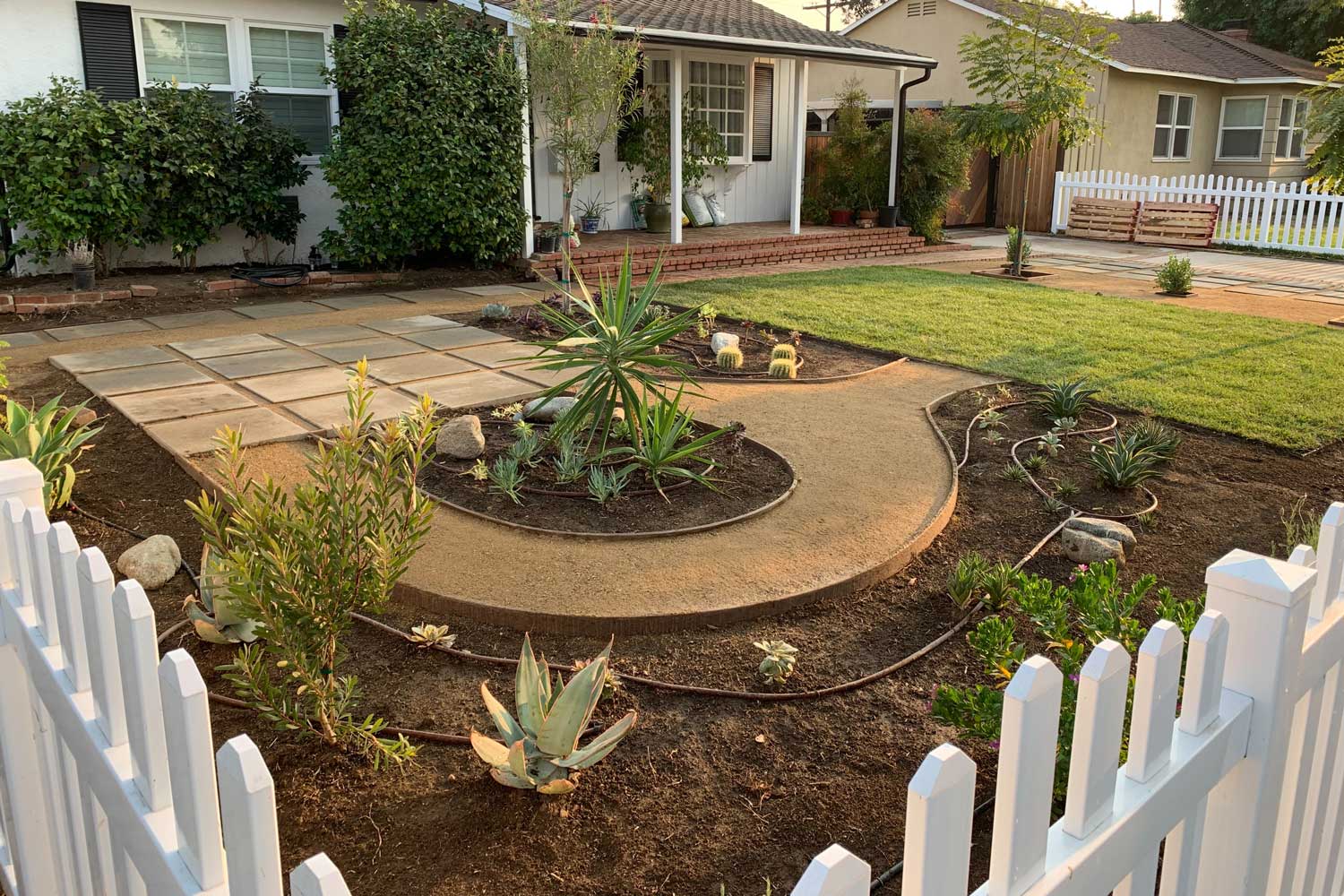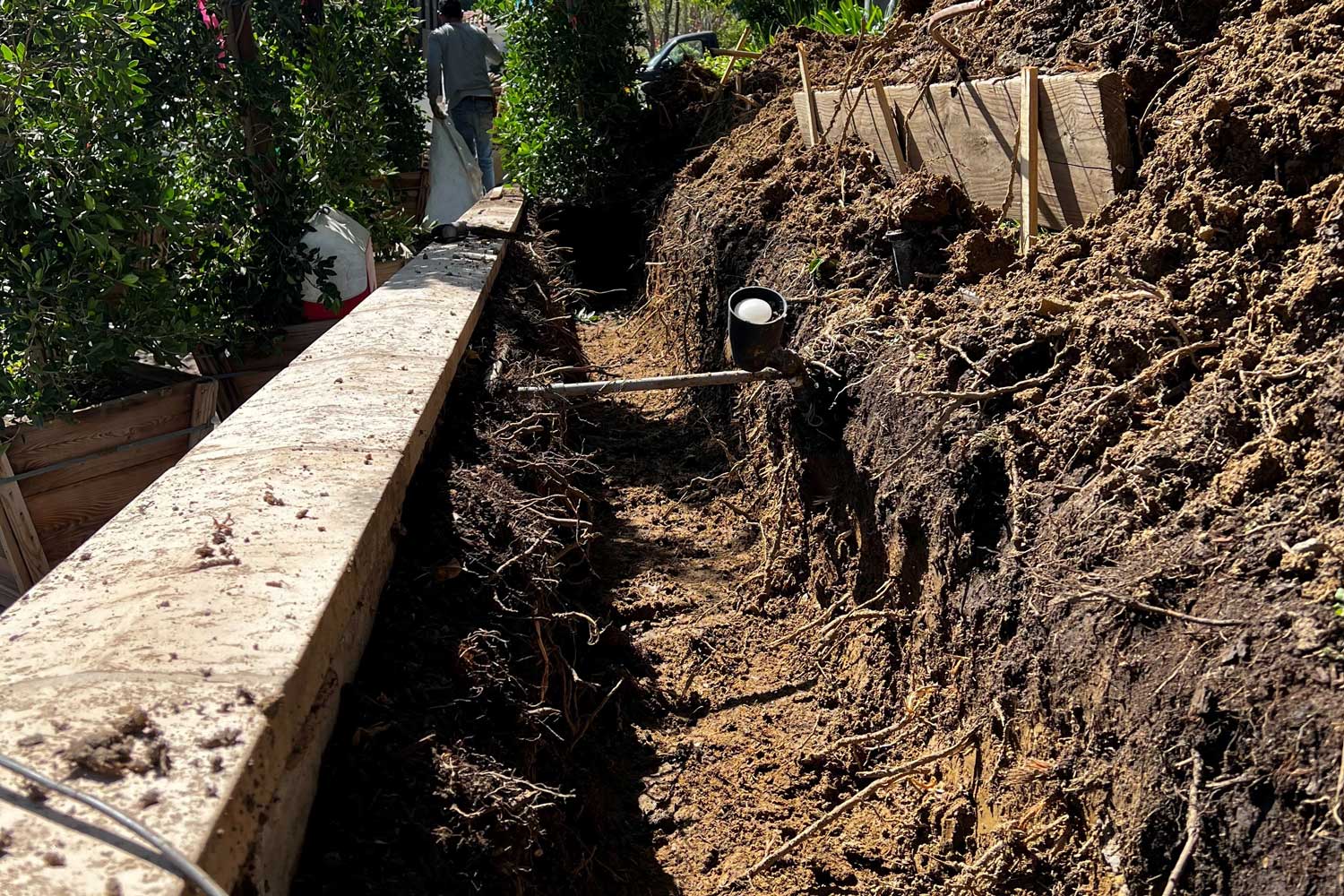on call assist
We’re here to help
We’re never late
24/7 Emergency Callout
Satisfaction Guaranteed
The frequency of watering your plants will depend on various factors such as the type of plant, soil, weather conditions, and drainage. Generally, you should aim to keep the soil moist but not waterlogged. As a general rule, most plants require watering once or twice a week, but it’s best to check the soil moisture level using a soil moisture meter or by sticking your finger about an inch into the soil.
There are several ways to make your garden more eco-friendly, including planting native plants, using natural pest control methods, composting, reducing water use through drip irrigation or rainwater harvesting, and avoiding chemical fertilizers and pesticides.
The best time to trim trees depends on the type of tree and the reason for trimming. For most trees, it’s best to prune during the dormant season (late fall or winter) when the tree is not actively growing. However, if you need to remove dead or diseased branches, you should do so as soon as possible regardless of the time of year.
The amount you should trim off a tree branch depends on the size and health of the branch and the reason for trimming. As a general rule, you should avoid trimming more than 25% of a tree’s canopy at once to prevent stress on the tree. If you’re unsure about how much to trim, consult a professional who care for trees and other woody plants.
The tools you need to trim trees depend on the size and location of the branches. For smaller branches, you may only need pruning shears or loppers. For larger branches, you may need a pruning saw or chainsaw. You should also use safety equipment such as gloves, eye protection, and a hard hat.
You can prevent tree branches from falling during storms by regularly inspecting your trees for signs of damage or disease, pruning dead or weak branches, and removing any branches that are too close to your home or other structures. You may also want to consider installing tree braces or cables for added support.
You can attract pollinators to your garden by planting a variety of flowers and plants that provide nectar and pollen. Some popular options include bee balm, milkweed, sunflowers, and lavender. You should also avoid using pesticides and herbicides that can harm pollinators.
You can maintain healthy soil in your garden by adding organic matter such as compost or aged manure, rotating crops to prevent soil-borne diseases, and avoiding over-fertilization. You should also test your soil regularly to determine its pH level and nutrient content and make adjustments as needed.

